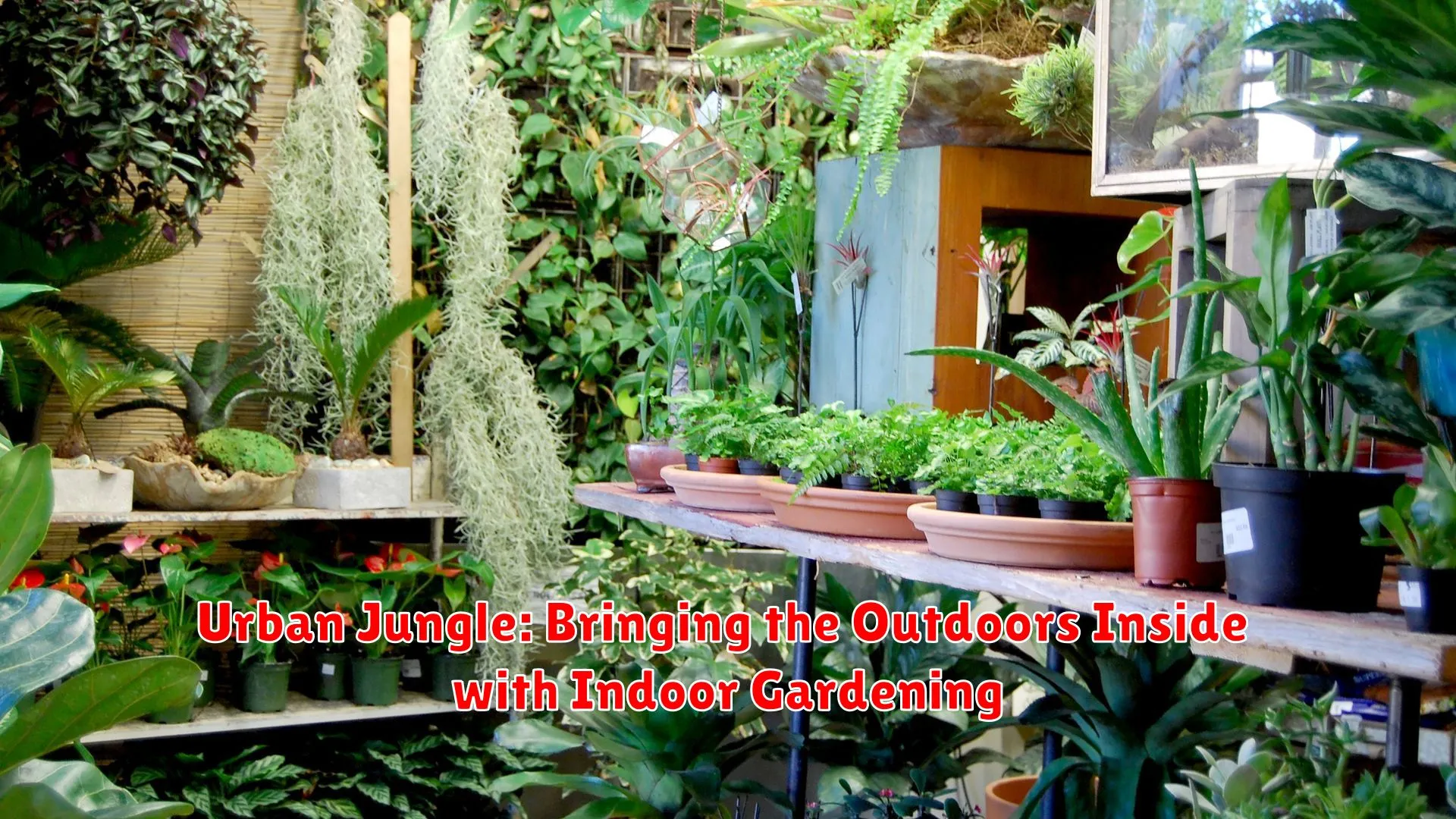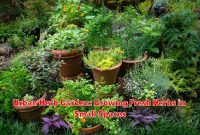Discover the fascinating world of indoor gardening in our article, “Urban Jungle: Bringing the Outdoors Inside with Indoor Gardening.” Learn how to transform your living space into a lush sanctuary filled with greenery and positivity.
Introduction to Indoor Gardening
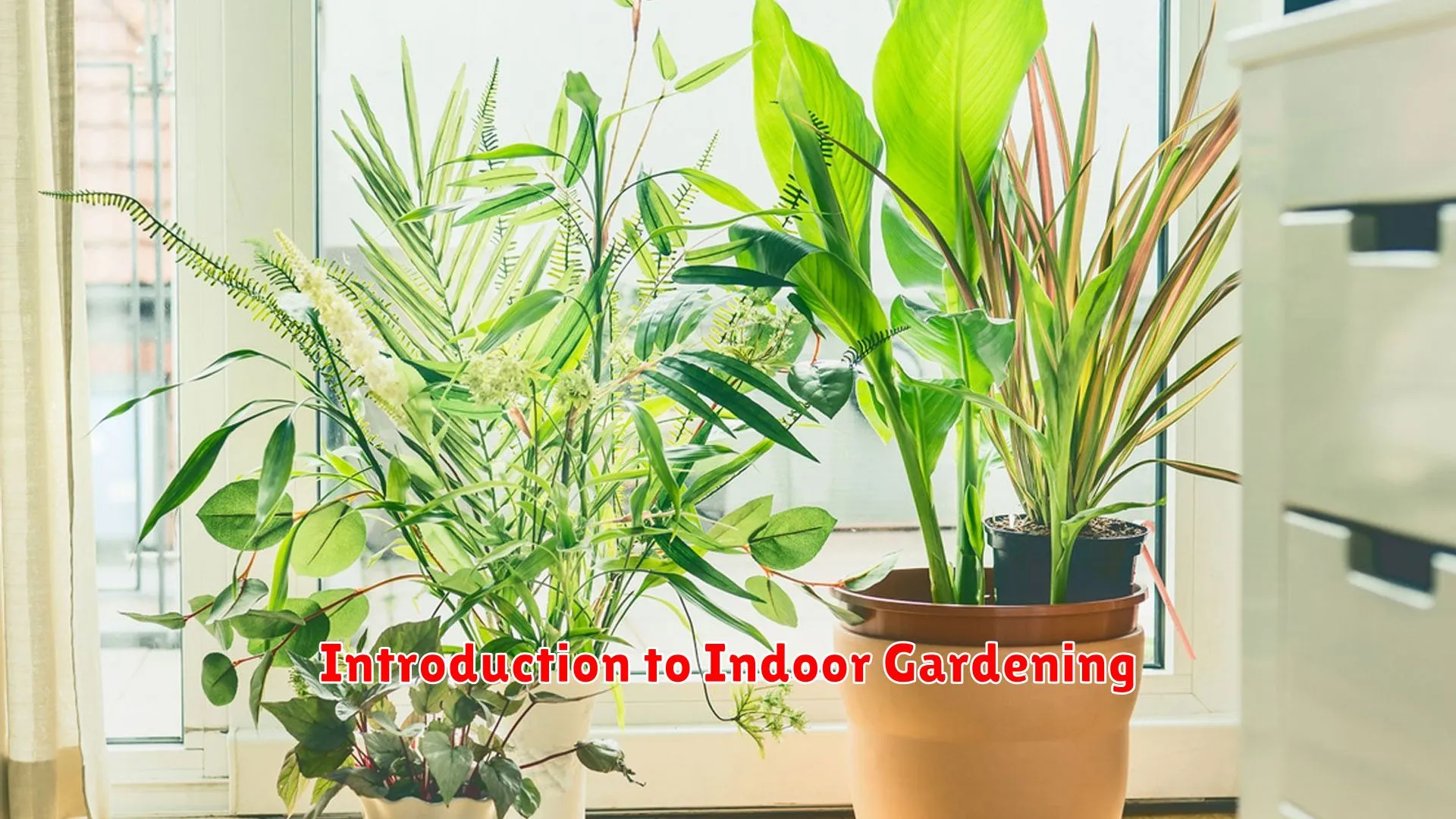
Indoor gardening, also known as houseplant cultivation, is a rapidly growing trend in urban areas where green spaces are limited. The practice involves cultivating and nurturing plants within a controlled indoor environment, allowing individuals to create their own mini ecosystems right in the comfort of their homes.
Urban dwellers are increasingly turning to indoor gardening as a way to bring nature indoors, adding a touch of greenery to their living spaces and reaping the mental and physical health benefits that plants provide. From air purifying qualities to stress reduction and aesthetic appeal, there are numerous reasons why indoor gardening has captured the interest of city residents.
Whether you have a spacious apartment or a cozy studio, there are indoor gardening solutions for every living situation. With a wide variety of plants that can thrive indoors, even those with the busiest of schedules can enjoy the rewards of nurturing greenery in their own urban jungle.
Selecting Indoor Plants for Your Space

When it comes to creating an urban jungle in your home through indoor gardening, selecting the right plants is key to success. The following tips will help you choose the perfect indoor plants for your space:
Assess Your Space and Lighting Conditions
Before selecting indoor plants, consider the amount of natural light your space receives. Low-light plants like pothos, snake plants, or peace lilies are ideal for spaces with minimal sunlight. If your space is bright and receives a lot of sunlight, consider sun-loving plants such as succulents, herbs, or flowering plants.
Consider the Size and Style of Your Space
Take into account the size and style of your space when choosing indoor plants. For smaller spaces, opt for compact plants like air plants or small ferns. Tall and statement plants such as fiddle leaf figs or bird of paradise can be striking in larger rooms with high ceilings.
Think About Maintenance and Care
Consider your lifestyle and how much time you can dedicate to plant care. Low-maintenance plants like ZZ plants, spider plants, or aloe vera are great for beginners or busy individuals. On the other hand, if you enjoy nurturing your plants and have more time, you may opt for high-maintenance plants like orchids or bonsai trees.
Personalize with Aesthetic Preferences
Lastly, select indoor plants that align with your aesthetic preferences and personal style. Whether you prefer modern and minimalist plants like rubber plants or monstera deliciosa, or colorful and vibrant plants like calatheas or bromeliads, choose plants that resonate with you and enhance the overall look of your indoor garden.
By considering factors such as lighting, space size, maintenance needs, and personal style, you can curate a diverse selection of indoor plants that will thrive in your space, creating a lush urban jungle that brings the outdoors inside.
Creating an Indoor Garden Layout
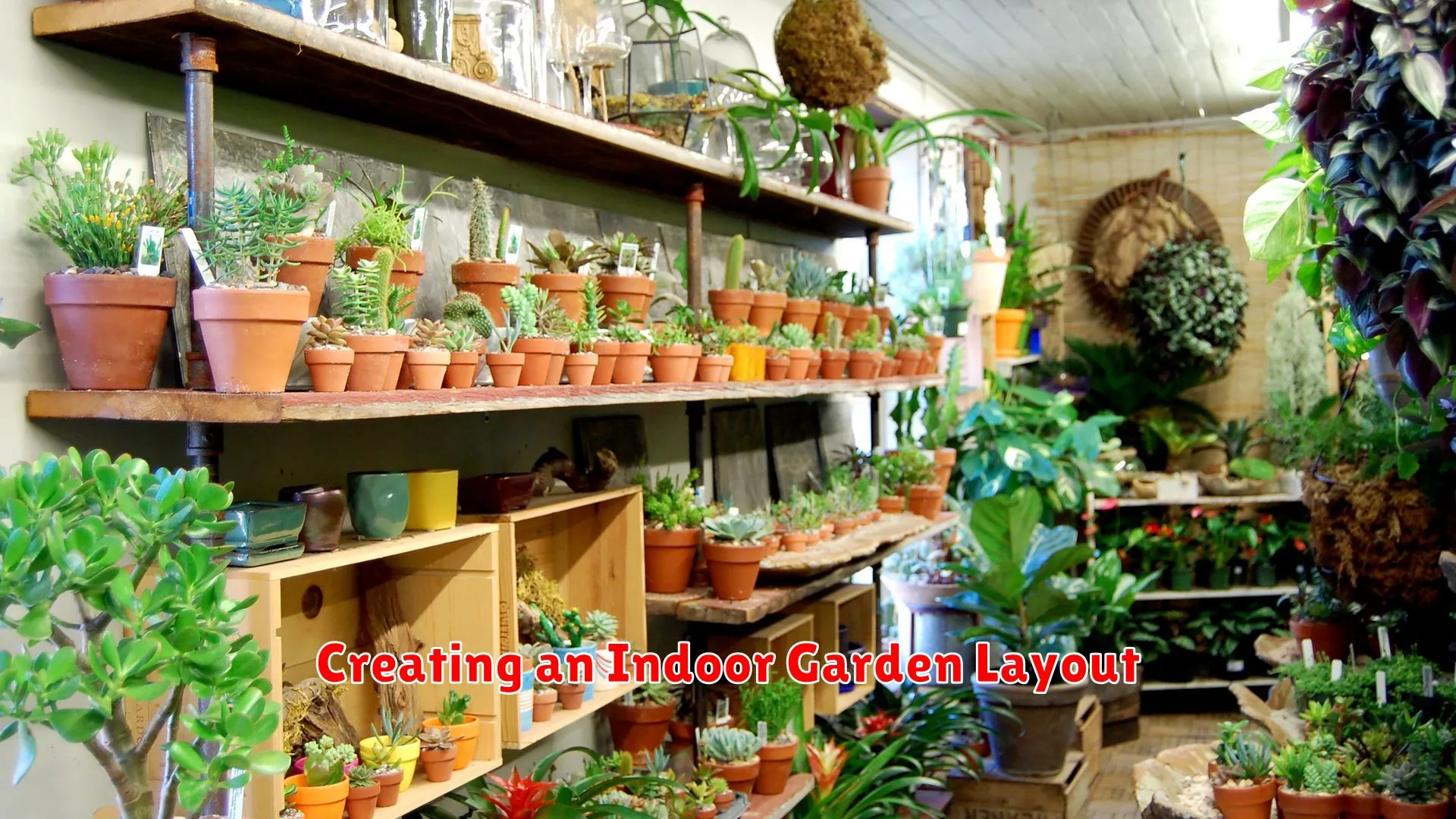
When it comes to urban living, incorporating an indoor garden can transform your space into a lush oasis. The key to a successful indoor garden lies in strategic layout planning. Here are some tips to help you create an optimal indoor garden layout:
1. Assess Your Space
Begin by assessing the available space in your home. Take note of areas that receive adequate sunlight and those that are more shaded. This will help you determine the types of plants that will thrive in each location.
2. Choose Your Plants Wisely
Consider the size, light requirements, and humidity needs of the plants you wish to include in your indoor garden. Opt for a mix of low-light and high-light plants to create a diverse and visually appealing display.
3. Think Vertically
Maximize space by utilizing vertical elements such as hanging planters, wall-mounted shelves, or trellises. This not only adds visual interest but also allows you to grow more plants in a limited area.
4. Create Zones
Divide your indoor garden into different zones based on plant requirements. Group plants with similar watering needs together to make maintenance easier. You can also designate a specific area for herbs or flowering plants.
5. Add Personal Touches
Enhance the ambiance of your indoor garden by incorporating personal touches such as decorative pots, plant stands, or fairy lights. These elements can add a touch of style and personality to your green space.
By following these tips and carefully planning your indoor garden layout, you can create a thriving urban jungle right in the comfort of your own home.
Caring for Your Indoor Plants
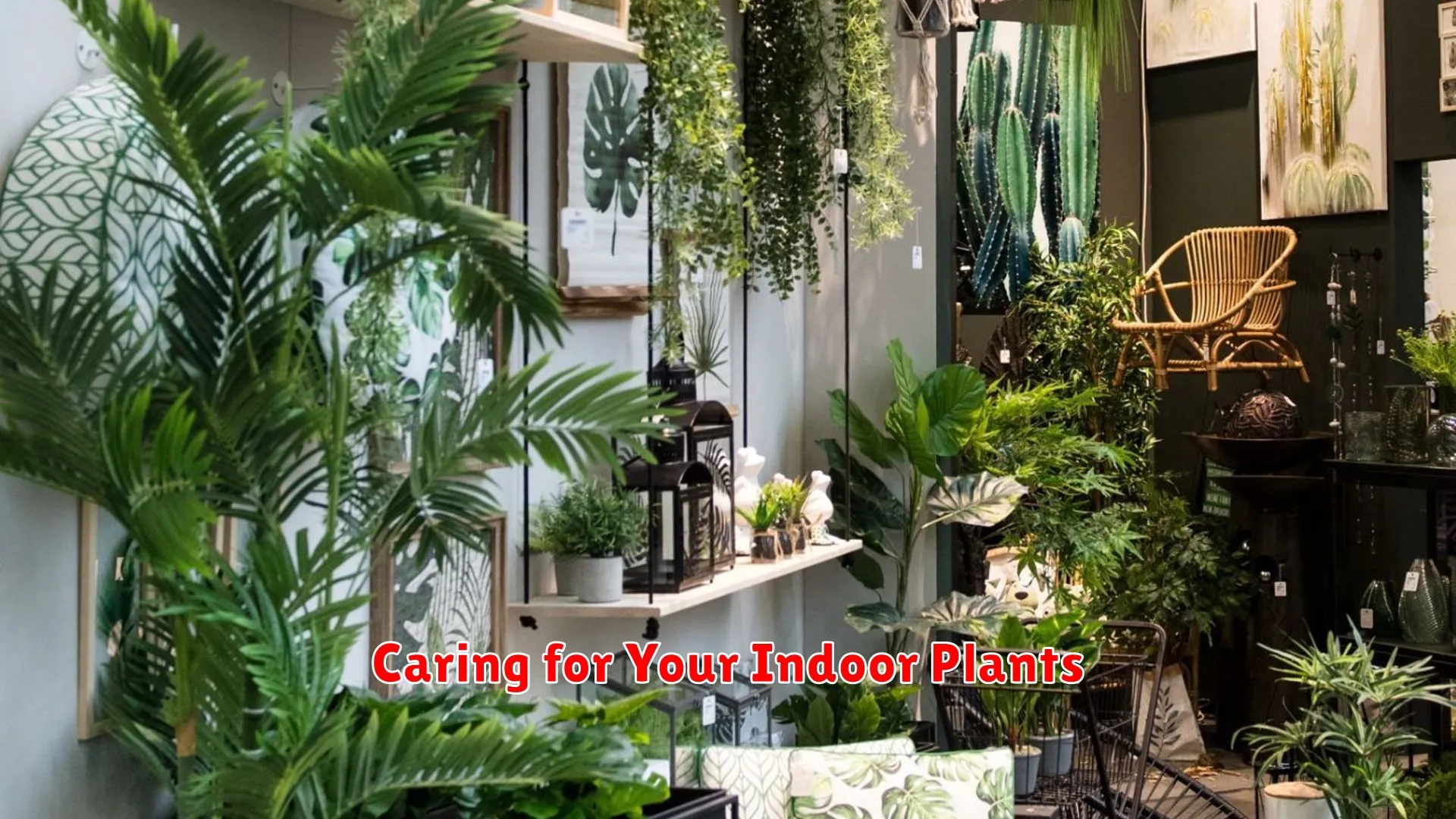
When it comes to creating your urban jungle indoors, caring for your indoor plants is essential for their health and vibrancy. Here are some important tips to help you maintain a thriving indoor garden:
1. Provide Adequate Light
Indoor plants typically require adequate light to photosynthesize and grow. Place your plants near windows where they can receive natural sunlight or consider using grow lights for plants that need more light.
2. Monitor Watering Needs
Proper watering is crucial for indoor plants. Avoid overwatering by checking the soil moisture level before watering again. Different plants have different watering requirements, so be sure to research the specific needs of each plant in your indoor garden.
3. Maintain Humidity Levels
Indoor environments can often be drier than outdoor settings. To create a more favorable environment for your plants, consider using a humidifier or misting the plants regularly to increase humidity levels.
4. Regularly Inspect for Pests
Keep an eye out for pests such as spider mites, aphids, or mealybugs that can harm your indoor plants. Inspect the leaves and stems regularly and treat any pest infestations promptly.
5. Prune and Rotate Plants
Regularly pruning your plants can help promote new growth and maintain their shape. Additionally, rotating your plants occasionally ensures that all sides receive adequate light exposure, preventing uneven growth.
By following these care tips for your indoor plants, you can create a lush and thriving indoor garden that brings the beauty of nature into your urban living space.
Incorporating Vertical Gardening
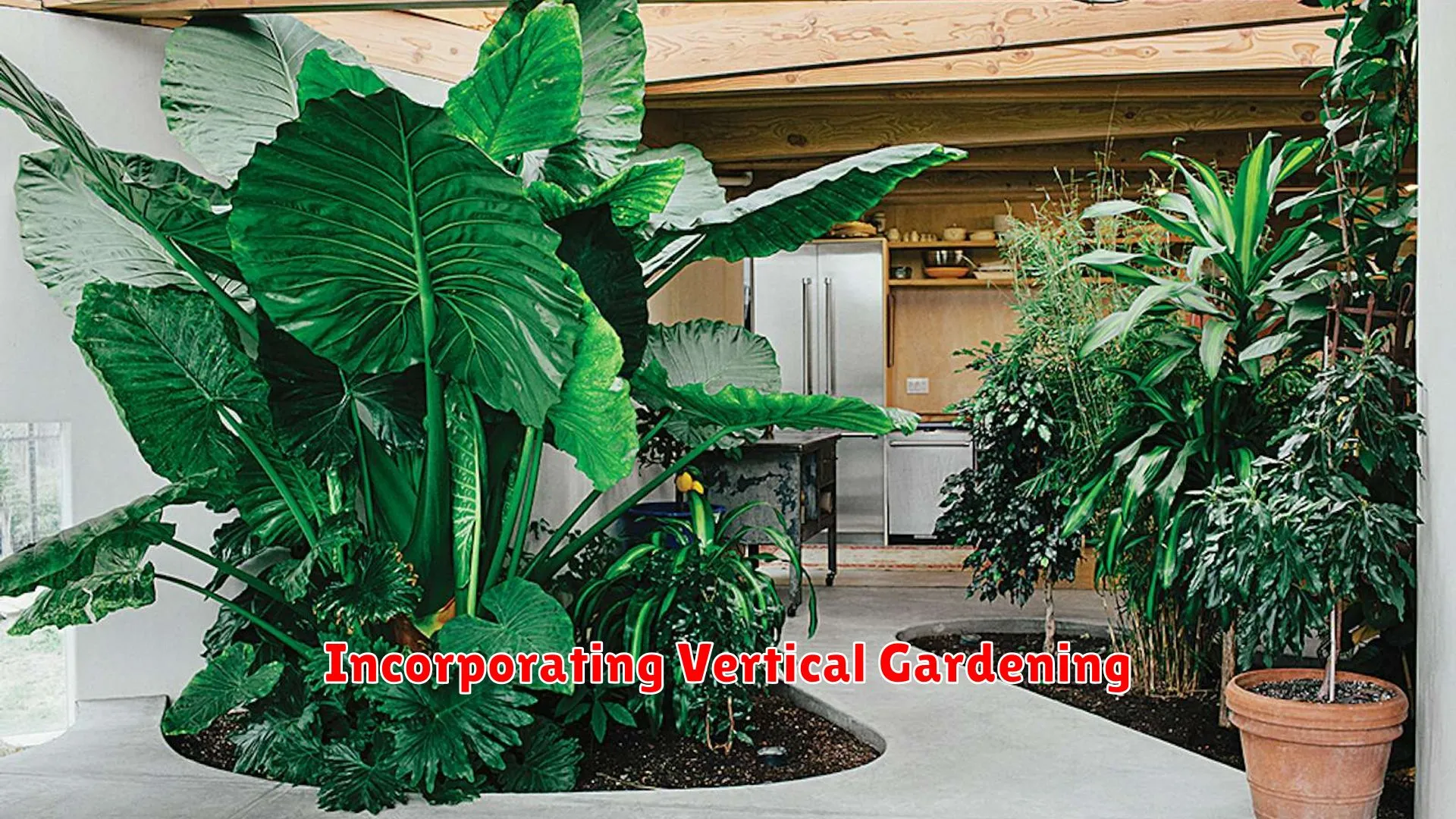
Vertical gardening is a creative solution for urban dwellers looking to infuse greenery into their indoor spaces. By utilizing vertical space, you can transform your home into a lush oasis and enhance the ambiance of your living environment. Here are some key tips for incorporating vertical gardening into your urban jungle:
1. Choose the Right Plants:
Opt for plants that thrive in indoor environments and vertical growing conditions. Consider succulents, ferns, pothos, and spider plants as they are well-suited for vertical gardens and require minimal maintenance.
2. Select the Ideal Location:
Identify areas in your home with ample natural light for your vertical garden. Consider setting up your green wall near a window or under skylights to ensure your plants receive adequate sunlight for healthy growth.
3. Invest in Vertical Planters:
Explore various vertical planter options such as hanging pots, wall-mounted planters, or vertical gardening systems. These innovative solutions not only save space but also add a decorative touch to your indoor garden.
4. Create a Watering Schedule:
Develop a consistent watering schedule to ensure your vertical garden thrives. Consider using self-watering planters or incorporating a drip irrigation system to maintain optimal moisture levels for your plants.
5. Embrace Creative Design Ideas:
Get creative with the arrangement of your vertical garden by mixing different plant shapes, sizes, and colors. Experiment with vertical garden structures to create a visually appealing and harmonious green space within your home.
Tips for Indoor Garden Maintenance
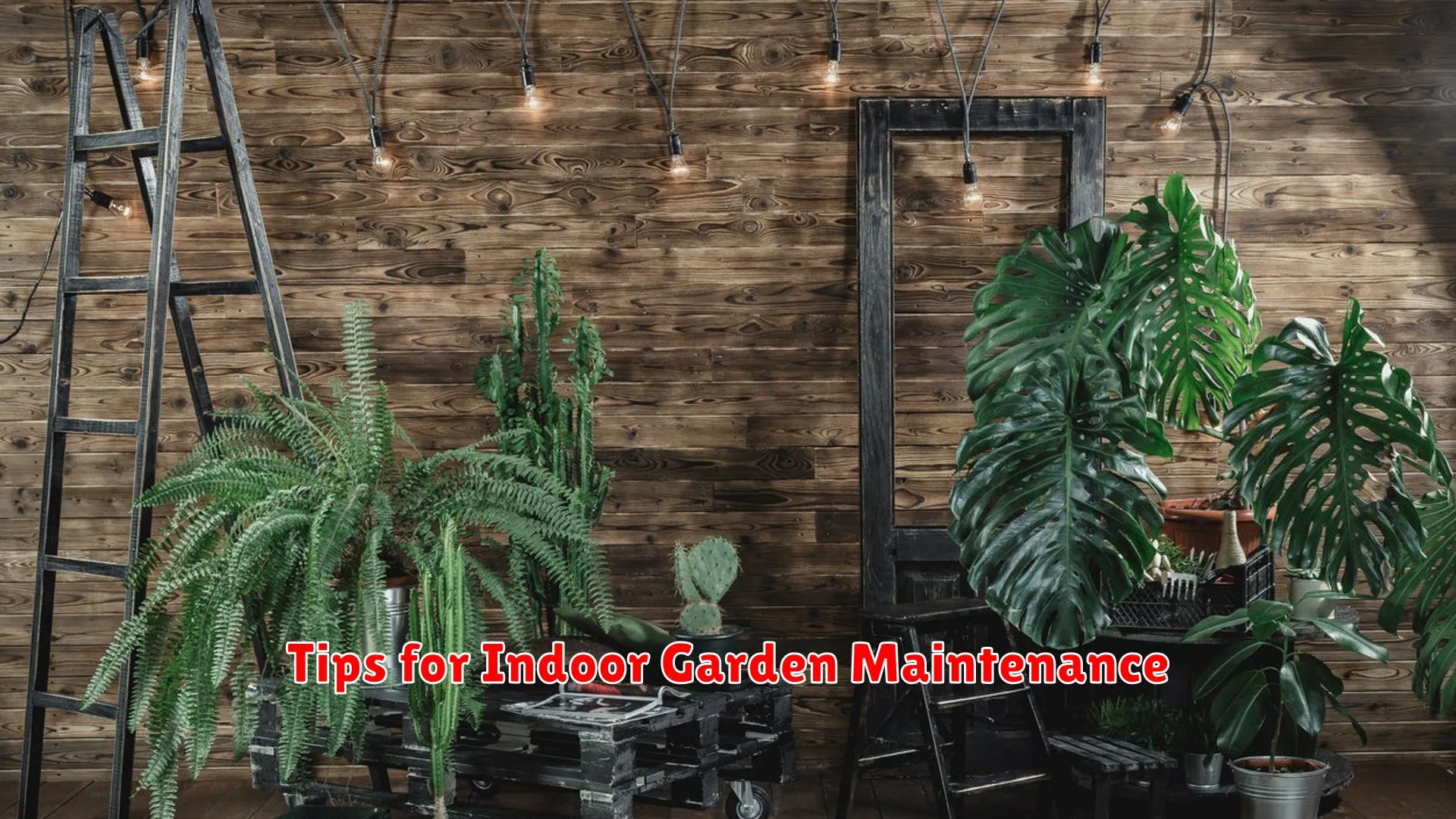
Urban gardening has become a popular trend as people look for ways to bring the outdoors inside. Whether you have a small apartment or a spacious home, maintaining an indoor garden can be a rewarding experience. Here are some tips to help you keep your urban jungle thriving:
- Choose the Right Plants: Select indoor plants that are suitable for the lighting and space available in your home. Consider factors such as natural light, humidity, and temperature when picking your green companions.
- Proper Watering: Avoid overwatering or underwatering your plants. Check the soil moisture regularly and adjust your watering schedule accordingly. Different plants have different watering needs, so be sure to research each plant’s requirements.
- Provide Adequate Light: Most indoor plants require sufficient light to thrive. If your home lacks natural light, consider investing in grow lights to supplement the light your plants receive.
- Monitor Humidity Levels: Indoor environments can sometimes be too dry for certain plants. Keep a humidifier nearby or use a pebble tray to increase humidity around your plants.
- Regular Pruning and Grooming: Trim dead leaves, flowers, and stems to encourage new growth and maintain the health of your plants. Grooming also helps prevent pest infestations and keeps your indoor garden looking neat.
- Protect Against Pests: Keep an eye out for common indoor garden pests such as aphids, spider mites, and mealybugs. If you spot any pests, take immediate action to prevent them from spreading to other plants.
- Fertilize Wisely: Use a balanced fertilizer to provide essential nutrients to your plants. Be careful not to over-fertilize, as this can harm your plants. Follow the instructions on the fertilizer label for best results.
By following these tips for indoor garden maintenance, you can create a lush and thriving urban jungle in your own home. Embrace the beauty of nature indoors and enjoy the calming benefits of tending to your indoor garden.
Conclusion
Indoor gardening is a growing trend that allows city dwellers to enjoy the benefits of nature within their homes, promoting well-being and a connection to the environment.

